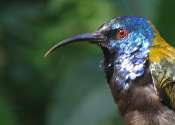Climate is most important factor in where mammals choose to live, study finds
While human activity has had a massive effect on the natural world, a new study from North Carolina State University finds that climate is still the most influential factor in determining where mammals can thrive. The work ...









